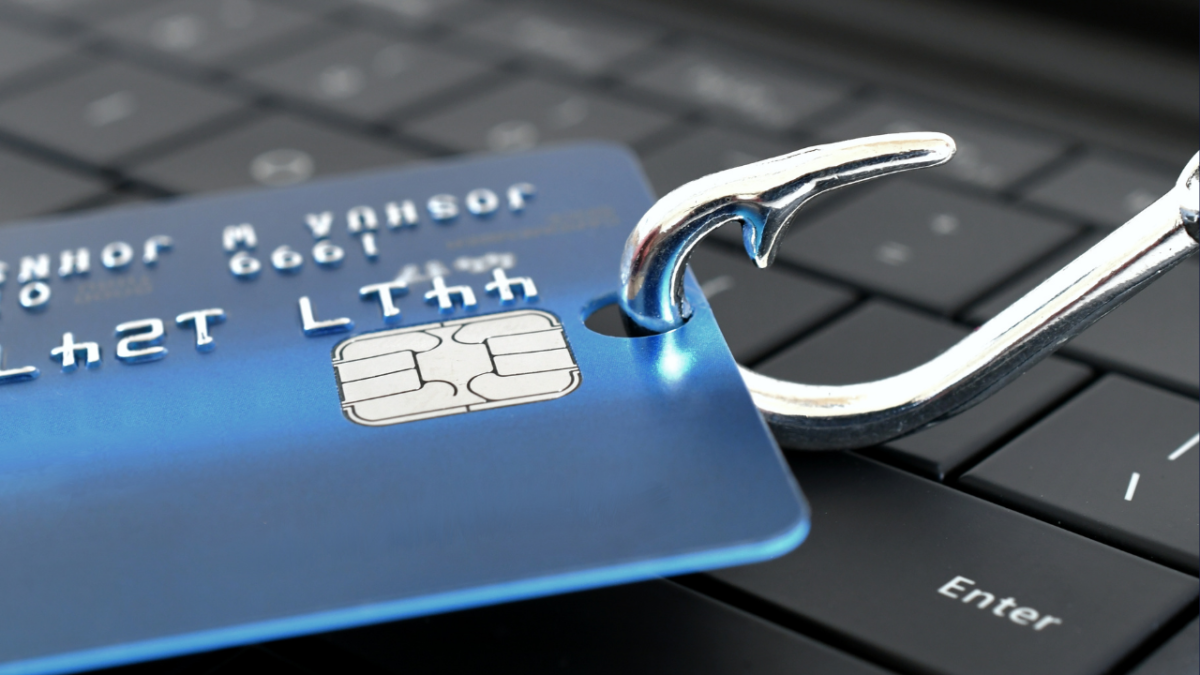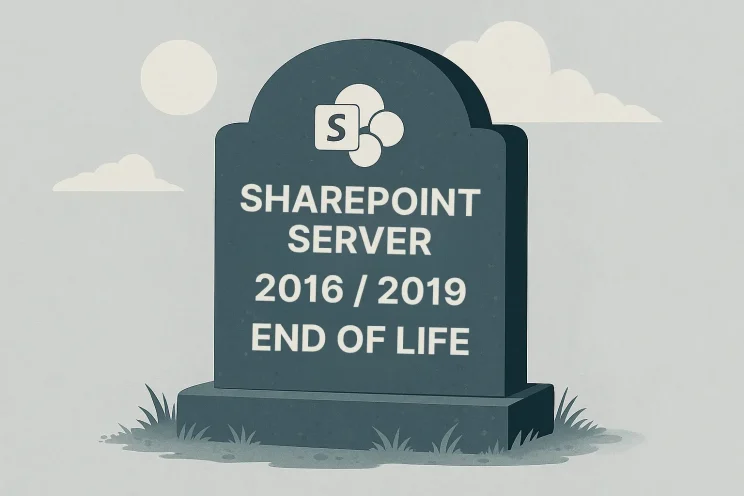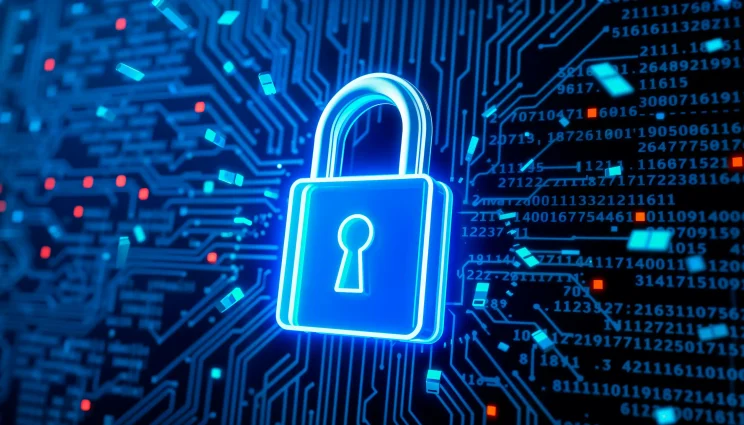With the holidays around the corner, it’s important to be extra vigilant when it comes to possible cyber threats. Cyber criminals take advantage of the busy holiday shopping season when our email inboxes are flooded with shipping notifications for the numerous purchases made online. Research has shown that from the end of October to November, there is a 150% increase in phishing victims. No matter the situation, phishing attacks are holding strong and becoming more and more deceitful. Knowing why you are more likely to receive phishing emails around the holidays, what you should look out for, and how you can keep from falling victim are crucial to staying cyber safe.
Why You’re More Likely to Get Hit Around the Holidays
The holidays are often seen as the season of gift giving. During this time, bad actors work over time to take advantage of peoples’ generosity, making individuals much more likely to fall victim. Another factor that leads to more successful phishing attempts during this season is how busy people are trying to finish up projects before the year ends. The increased amount of stress and lack of focus during this time of year makes it easier to not notice common tells of a phishing attack.
Trends to Look Out For
One of the most common holiday phishing trends are emails pretending to come from legitimate charities. This type of scheme takes advantage peoples’ holiday spirit and desire to give back.
Another common holiday phishing trend that plays on peoples’ personal lives is pretending to be a family member or loved one asking for gifts. It is important to always double check that the email address is correct and that it is in the usual tone of the person. You can never be too precautious, so reaching out via phone or over text is also a good idea.
Another holiday phishing trend is offering deals or coupons that sound a little too good to be true or pressure you to take urgent action. These often come from fake accounts of companies you frequently shop from or companies that aren’t real. These emails may contain deals such as “Everything Free” or “$100 off Your Purchase.”

How You Can Minimize Risk
- Employee Training: To help combat these holiday phishing trends, companies can train employees how to spot these phishing tactics.
- Spam Blockers: These can be used to automatically block emails that aren’t in your contact list or are unfamiliar. For companies, when an unfamiliar email comes through it can notify you that it comes from someone outside of your organization.
- Hover Over Links: When opening a suspicious email containing a link, hovering your cursor over it will show you the true address of the website it is taking you to. If it does not match up with what the original link shows, it is very likely a threat.
For more tips and tricks on how to spot a phishing email, check out our infographic!




